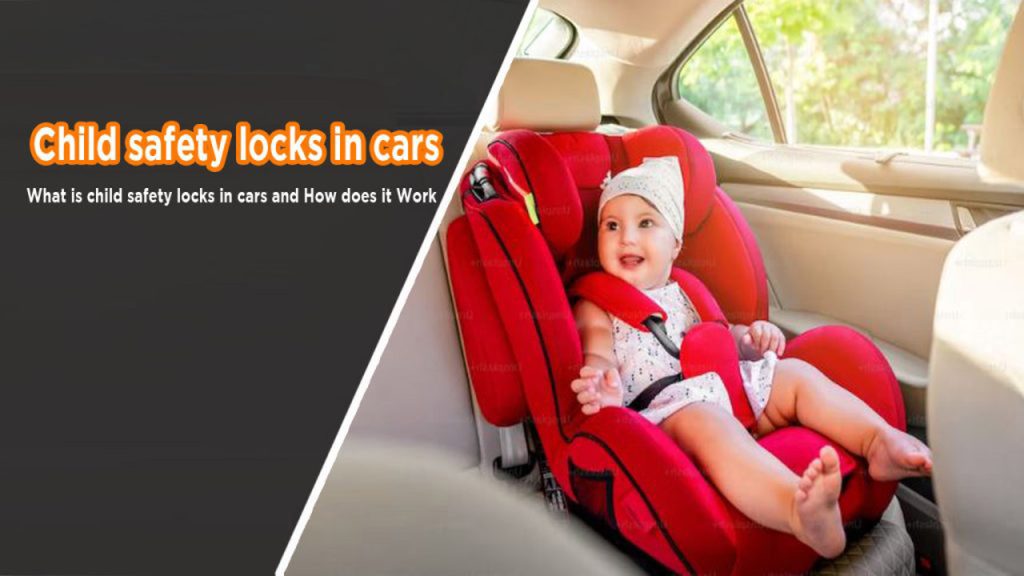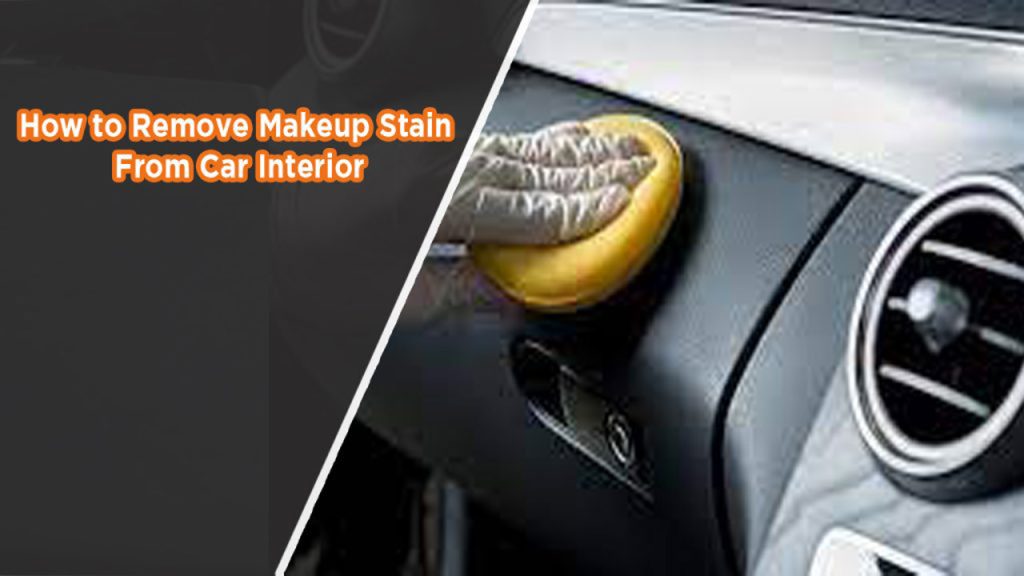As a parent, your child’s safety is probably one of your biggest priorities. If it’s at home or on the road, ensuring they’re secure and protected is a must. One essential feature that often goes unnoticed but plays a crucial role in car safety is the child safety lock.
If you’ve ever wondered what these locks are, how they work, or why they’re so important, you’re in the right place. I’ve spent years exploring car safety features, and I can confidently say that child safety locks are a game-changer for parents. Let’s dive into everything you need to know about them and how they can give you peace of mind while driving.

What Is a Child Safety Lock in a Car?
A child safety lock is a simple yet highly effective mechanism built into the rear doors of most cars. Its primary purpose is to prevent children from accidentally opening the door from the inside while the vehicle is in motion.
When activated, the child safety lock disables the interior door handle, ensuring that even the most curious little hands can’t open the door. However, the door can still be opened from the outside, allowing you to have full control over when and where the doors are opened.
Why Are Child Safety Locks Important?
If you’ve ever traveled with young kids, you know how unpredictable they can be. They might try to open the door out of curiosity or boredom, which can be extremely dangerous, especially on busy roads or highways.
Here’s why child safety locks are essential:
- Prevents Accidents: Stops children from opening the door while the car is in motion.
- Provides Peace of Mind: Allows parents to focus on driving without worrying about their kids fiddling with the door handle.
- Protects Against Unplanned Stops: Keeps children from accidentally opening the door when the car is parked in unsafe areas.
How Do Child Safety Locks Work?
The concept behind child safety locks is straightforward. Most modern cars have a small switch or lever located on the inside edge of the rear doors.
Activating the Lock
- Open the rear door.
- Locate the child safety lock switch near the latch.
- Flip or slide the switch to the “locked” position (often marked with a padlock symbol).
- Close the door.
Once activated, the interior door handle will no longer work. To open the door, you’ll need to use the exterior handle.
Types of Child Safety Locks in Cars
While the basic function of child safety locks remains the same, there are a few variations depending on the car model and manufacturer.
Manual Child Safety Locks
- Found in most vehicles.
- Require you to manually activate or deactivate the lock using a switch or lever on the door.
- Reliable and easy to use.
Electronic Child Safety Locks
- Found in newer or high-end vehicles.
- Activated and deactivated through a button on the driver’s console.
- Convenient for parents, as it eliminates the need to manually adjust each door.
Using Child Safety Locks: Tips for Parents
To get the most out of your child safety locks, follow these practical tips:
Test the Lock Regularly
Always double-check that the lock is engaged before hitting the road. It’s a small step that can make a big difference.
Educate Your Kids
Explain to your children why the locks are important and encourage them not to tamper with the door handles.
Pair with Other Safety Features
Child safety locks work best when used alongside other safety measures like car seats and seat belts.
Stay Consistent
Make it a habit to activate the locks every time you travel with your kids.
Can Child Safety Locks Malfunction?
While child safety locks are generally reliable, like any mechanical feature, they can occasionally fail. Here’s what might cause a malfunction:
- Wear and Tear: Over time, the lock mechanism might wear out, especially in older cars.
- Dirt and Debris: Accumulated grime can interfere with the lock’s functionality.
- Electrical Issues: In electronic child safety locks, a faulty circuit can prevent proper operation.
What to Do If a Child Safety Lock Stops Working
- Consult your car’s manual for troubleshooting tips.
- Visit a trusted mechanic or dealership to have the lock inspected and repaired.
- Avoid using the affected door until the issue is resolved.
Benefits of Child Safety Locks
Child safety locks aren’t just a convenience—they’re a necessity. Here are some of the benefits that make them indispensable:
Enhanced Safety
By preventing accidental door openings, these locks significantly reduce the risk of injury or accidents.
Ease of Mind
Knowing your kids are secure allows you to focus on driving and reduces stress during trips.
Simple to Use
Child safety locks are easy to activate, ensuring that even first-time parents can use them confidently.
Are Child Safety Locks Required by Law?
In the United States, there’s no federal law mandating child safety locks in cars. However, most modern vehicles include them as a standard feature because of their proven safety benefits.
While not legally required, using child safety locks is a responsible choice that can prevent accidents and injuries.
Conclusion
Child safety locks in cars are one of those features that you might not think about until you need them—but once you do, they become invaluable. As someone who’s experienced firsthand the peace of mind they bring, I can’t recommend them enough.
If you’re a new parent or have been driving with kids for years, these locks are an easy and effective way to keep your little ones safe. Remember to use them consistently, test them regularly, and pair them with other safety measures for the best results.
Your child’s safety is worth every extra step, and with features like child safety locks, you can enjoy your journey knowing they’re secure.
FAQs
What is a child safety lock in a car?
A child safety lock is a mechanism that prevents children from opening the rear doors from the inside, ensuring their safety while traveling.
Where is the child safety lock located?
It’s typically located on the inside edge of the rear doors, near the latch.
Can I deactivate the child safety lock?
Yes, you can deactivate it by flipping or sliding the lock switch back to its original position.
Are electronic child safety locks better than manual ones?
Both are effective, but electronic locks offer added convenience since they can be controlled from the driver’s seat.
What should I do if my child safety lock stops working?
Have it inspected by a professional mechanic and avoid using the affected door until it’s repaired.


